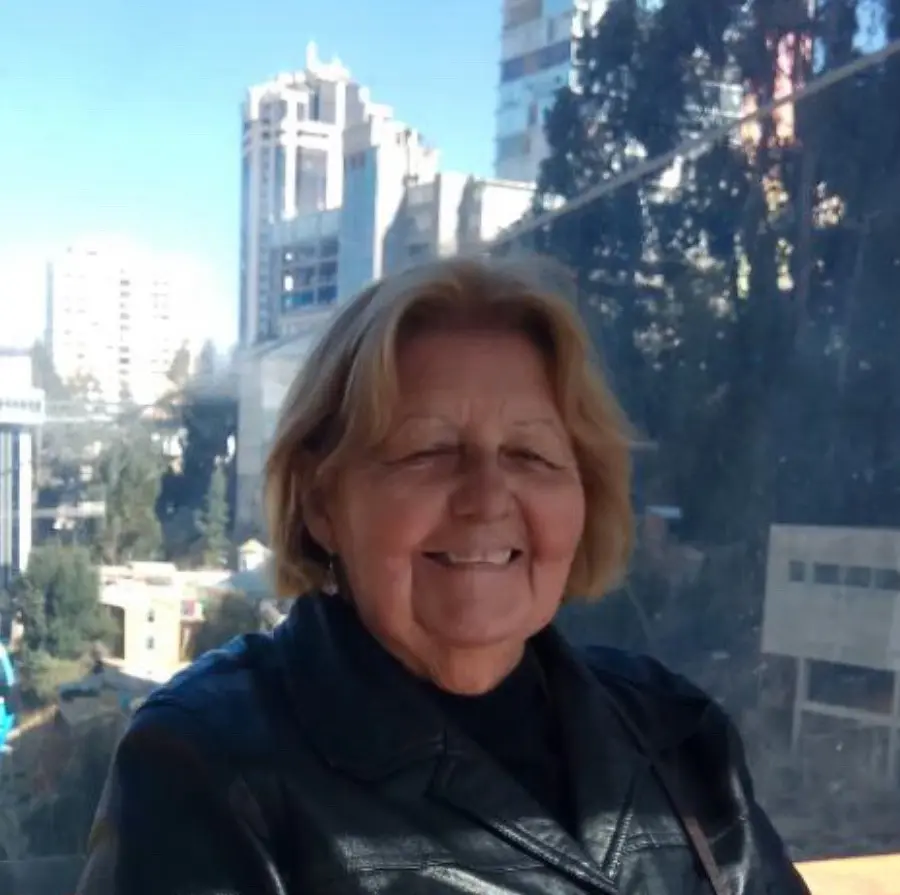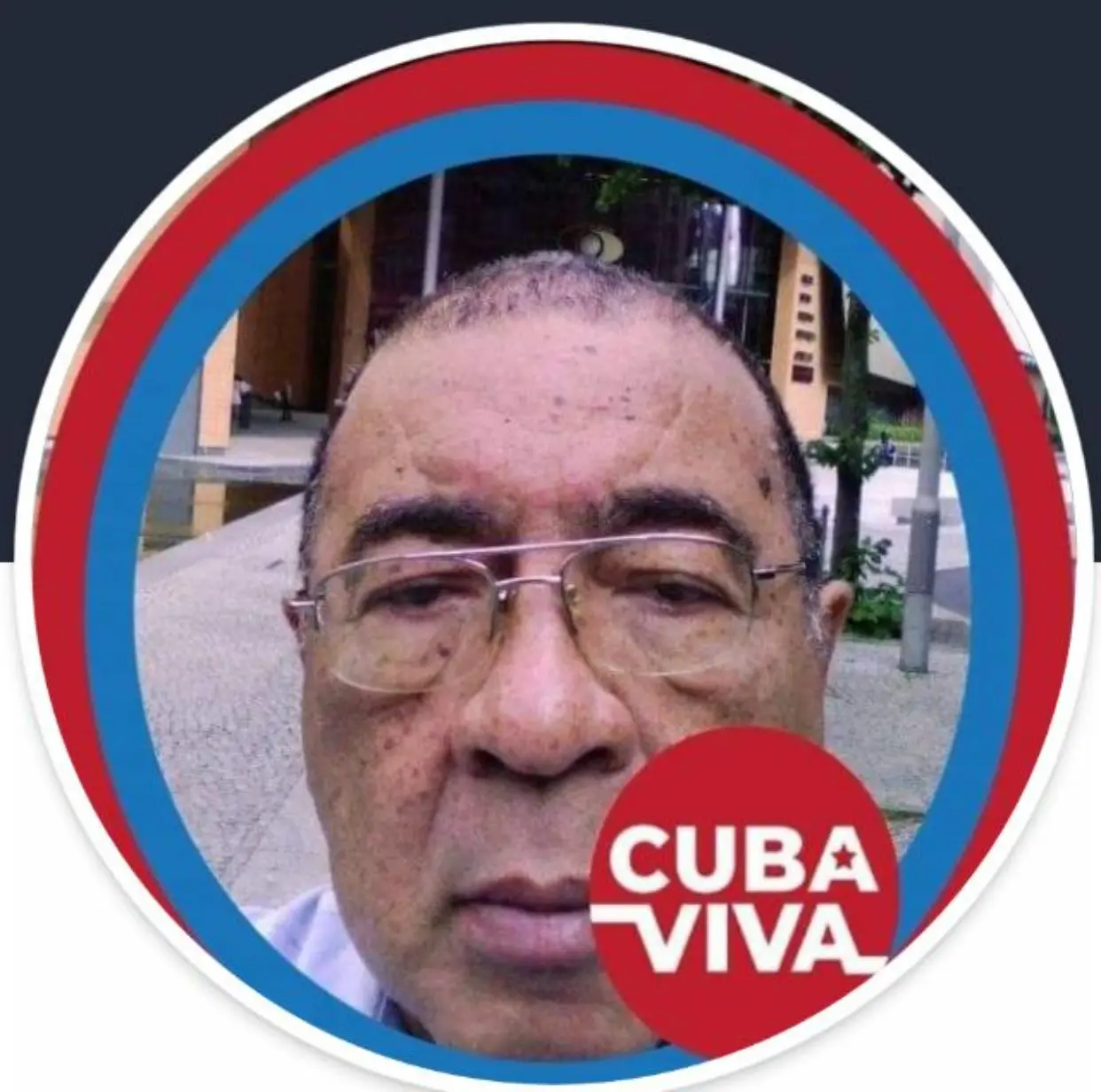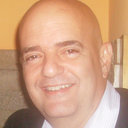Article 1.1: The Scientific Council, hereinafter the Council, is an advisory body for research centers and scientific and technological services, hereinafter entities.
2.- Scientific councils may be established in development and innovation units when they meet the requirements established in this Resolution.
3.- For development and innovation units that do not comply with the provisions of the previous paragraph, the quality and rigor of the results are guaranteed through the Technical Advisory Council or another advisory body that fulfills the same purpose.
Article 2: The following constitute the main functions of the Council:
a) Guarantee the quality and rigor of the scientific and technological activity that it carries out;
b) advise the management of the entity;
c) promote and stimulate, in a systematic manner, the analysis of topics of interest for its scientific and technological development; and
d) propose priorities based on the economic, social, environmental, scientific and technological development of the country and the directives and standards drawn up by the corresponding institutions.
ARTICLE 5.1. The Council, in its structure, has an Executive Board and the Plenary Council.
ARTICLE 5.1.- The Council has a president, a vice president and a secretary who make up the Executive Board.
2.- The Plenary of the Council is made up of the members who are elected or appointed, according to their status as internal or external members respectively.
ARTICLE 6.- The composition of the
Advice is as follows:
a) The president, elected by the members of the Council.
b) the vice president, who is the vice director in charge of the science, technology and innovation activity, or failing that, the person responsible for the entity's science, technology and innovation activity;
c) the secretary;
d) internal members; and
e) external members.
ARTICLE 7.-. The director of the entity and the vice director who oversees science, technology and innovation activity are members by right of the Council.
ARTICLE 8.1.- The secretary is elected by the Plenary of the Council from among its members, at the proposal of the president, by simple majority, in open and direct voting, in which at least two thirds of its members participate.
2.- The secretary may be replaced at any time, when he fails to comply with the powers and obligations entrusted to him or for other reasons that prevent the continuity of his work.
3.- In case of temporary absence, the Plenary Council may elect a substitute secretary.
ARTICLE 9.1.- Internal and external members have the same status as full members.
2.- The members of the Council are elected or appointed as appropriate, for a period of three (3) years.
ARTICLE 10.1.- The internal members of the Council are chosen from:
a) The main and auxiliary researchers;
b) the technologists;
c) young researchers under 35 years of age with higher scientific categories, those who are part of the scientific reserve and technologists within that age range; and
d) retirees of recognized prestige in the field of science and technology linked to the mission and corporate purpose of the entity.
2.- The presence of young researchers and technologists in the composition of the Council is mandatory.
ARTICLE 11.- External members are designated among:
Specialists, officials, scientific personalities and production and service workers
a) services of recognized prestige in the field of science, technology and innovation linked to the mission and corporate purpose of the entity; and
b) retirees of recognized prestige in the field of science and technology, linked to the mission and corporate purpose of the entity.
ARTICLE 12.- The number of internal members that make up each Council is established as follows:
a) The minimum number of internal members is three (3), and the maximum will not be more than sixty (60) percent of the total number of regular and auxiliary researchers that the entity has, including those who hold management positions in the investigation. ;
b) the number of researchers and technologists under thirty-five (35) years of age who make up the Council is equivalent to the percentage that they represent in relation to the total number of researchers and technologists of the entity; and
c) the number of retirees who make up the Council will not exceed 10% of the total internal members.
ARTICLE 13.- The number of external members that make up each Council is established as follows:
a) External members must not exceed fifty (50) percent of the total internal members of the Council; and
The retirees who make up the Council will not exceed ten (10) percent of the total external members.
ARTICLE 14.1.- The president of the Council may invite other directors of the entity or other institutions to participate in its meetings, permanently or occasionally, including those of the political, social and mass organizations of the entity.
2.- The guests have a voice, but no vote, and comply with the regulations of the Council's operation.

Marta Beatriz Infante Abreu
Marta Beatriz Infante Abreu es una profesora e investigadora cubana de la Universidad Tecnológica de La Habana (CUJAE), donde se especializa en áreas como la innovación, el software social y la vigilancia tecnológica. Ha sido citada en más de 500 artículos académicos a lo largo de su carrera.

Jeffrey Blanco González
Jeffrey Blanco González es un profesor asistente e investigador de la Universidad Tecnológica de La Habana "José Antonio Echeverría" (CUJAE) en Cuba. Se especializa en áreas como Informática Empresarial, Inteligencia de Negocios y Arquitectura Empresarial.

Roani Miranda Coéllar
Profesora Universidad Tecnológica de La Habana "José A. Echeverría", CUJAE, Dirección de correo verificada de ind.cujae.edu.cumedio ambienteinteligencia de negociosinformación ambiental toma de decisionesgestión de información.

Martha Elena Durán
Actualmente jefe del Grupo de Investigación de Gestión de la calidad.

Yuniel Bolaño Rodríguez
Dirección Estratégica,gestión integrada de riesgos,Control de Gestióny Competitividad empresarial.
Salvador Muñoz Gutiérrez
Dirección yeconomía

Sonia Fleitas

José A.Acevedo
Actualmente jefe del Grupo de Investigación de LOGESPRO.

Igor Lópes Martínez
Es un especialista en Ingeniería Industrial que se graduó de la Cujae en Cuba . Posee un doctorado en "Modelo de referencia para evaluar la gestión de inventario en sistemas logísticos". Actualmente, es Profesor Titular y Jefe del Departamento de Ingeniería Industrial en la Facultad de Ingeniería Industrial en Cujae.
Armando Cuesta Santos
Actualmente jefe del Grupo de Investigación de Gestión de los Recursos Humanos.

José A. Vilalta Alonso
Profesor de Ingeniería Industrial, Universidad Tecnológica de La Habana José Antonio Echeverría

Yadary Ortega González
Yadary Ortega-González es Ingeniera Informática, Magíster en Informática Aplicada y Doctor en Ciencias Técnicas por la Universidad Tecnológica de La Habana (CUJAE). Es Profesora Ayudante Doctora y actual Jefa del Departamento de Informática Empresarial de la Facultad de Ingeniería Industrial desde 2011. Sus intereses de investigación son la gestión del conocimiento de la arquitectura empresarial para su gestión y sistematización.

